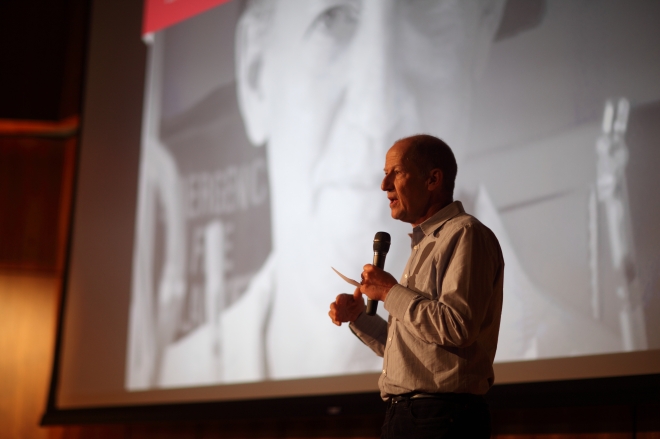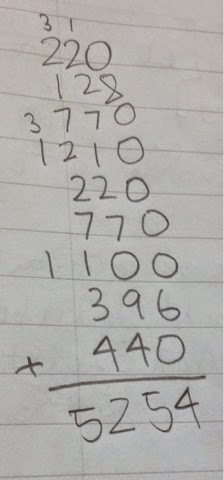This video gives tribute to David Wallace, the professor who teaches the iconic 2.009: Product Engineering Processes class at MIT. This class teaches students about the process of designing and engineering innovative, market-ready products. Some of the teams who create these products start their own company based on what they create in this class. The following is a list of how David's students and colleagues described him in the video:
- Energy is infectious; enthusiastic
- Artist and scientist
- Empowering
- Sensitive to human values
- Intrinsically humble
- Strives for perfection; attention to detail
- Unrelenting drive
- Leads by example
- Spirit of having fun
- Spends hours and hours in the shop with students working on their projects
In our Applied Learning Program, we also provide students with challenges where they create market-ready products. We have two spaces in our elementary school that we call the KoLAB spaces; where students work to design and create solutions to problems. I believe I possess the same role in the KoLAB spaces as David Wallace does in his 2.009 class. He is my role model because I want to help empower students, be a source of enthusiastic energy, model unrelenting drive, and facilitate in helping students create attention-to-detail, market-ready products.





%2BProcess%2B(1).png)

.png)


